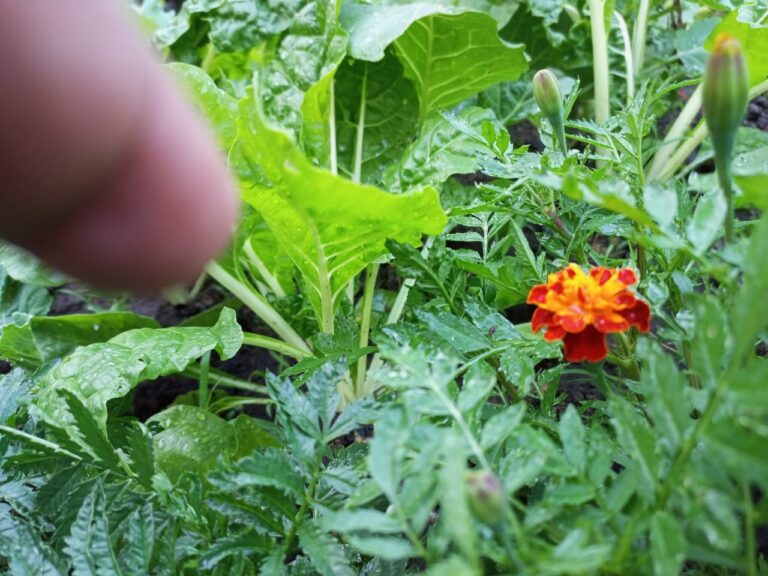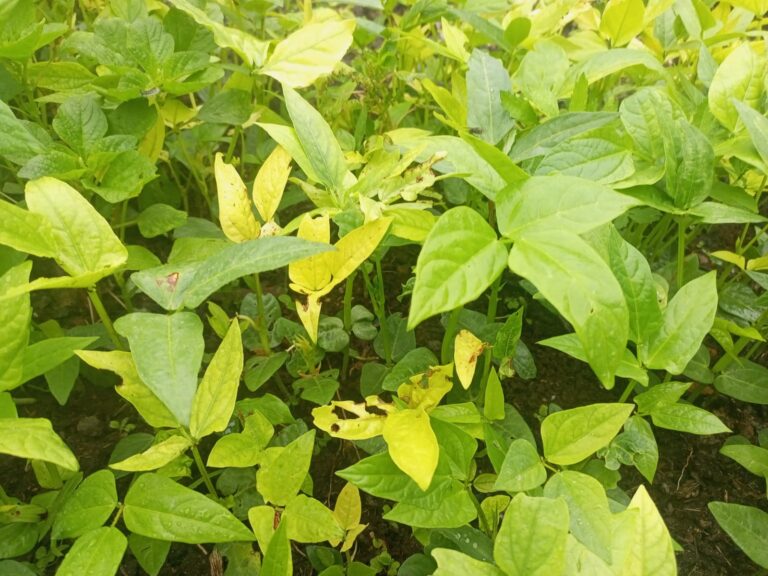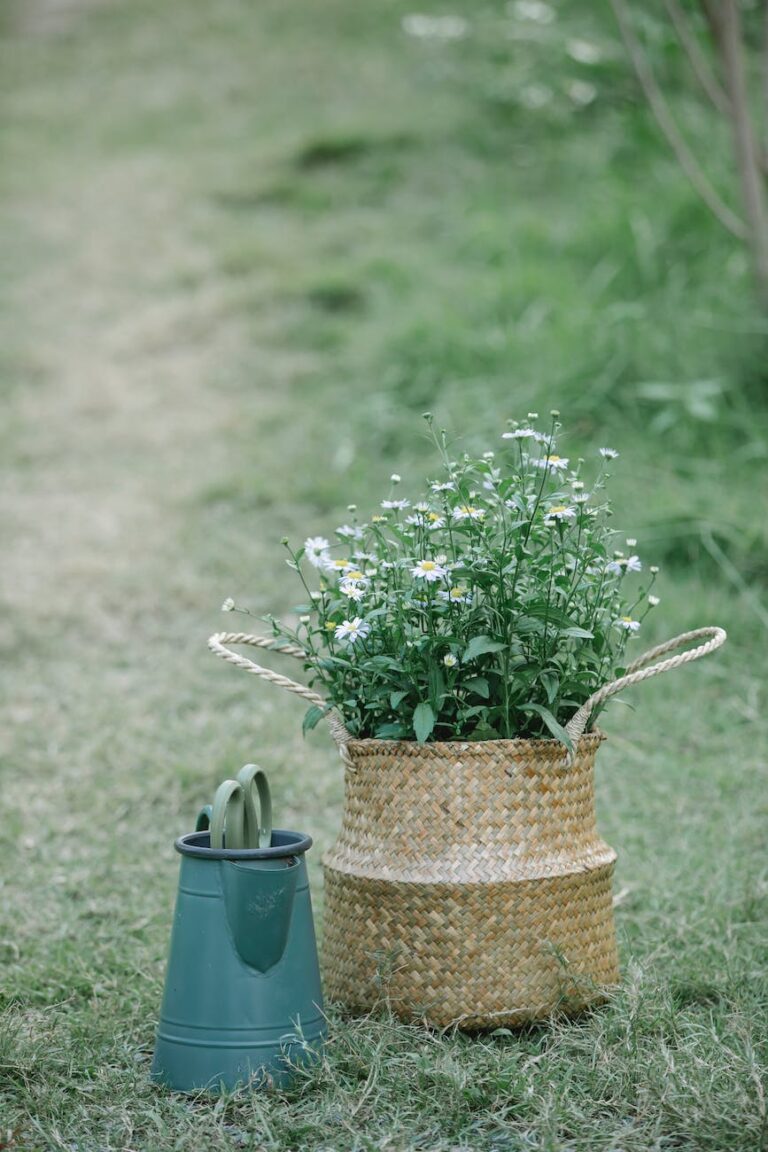Growing Nutritious Spinach in Kenya: A Comprehensive Guide
If you’re looking for a vegetable that is packed with nutrients, versatile in the kitchen, and easy to grow, look no further than spinach. From salads to smoothies, spinach adds a healthy dose of vitamins and minerals to any dish. It’s no wonder why Popeye the Sailor Man couldn’t resist it!
Why Spinach is Important in Kenya
In Kenya, spinach is an essential crop both for personal consumption and commercial farming. As one of the most nutritious leafy greens available, it’s an important source of vitamins A and C, iron, calcium, potassium and dietary fiber.
Most importantly it’s a major player in preventing malnutrition especially among children under five years old who are almost always deficient of these key nutrients. Commercially grown spinach crops provide farmers with steady income as there is always high demand for the vegetable in various markets within Kenya and beyond its borders.
Additionally some Kenyan companies have established themselves as leading processors of spinach products such as canned or frozen spinach exported around the world. All this aside, growing your own spinach has become increasingly popular among Kenyan households due to its ease of growth regardless of location (urban or rural) or available size of land.
Climate and Soil Requirements
The Perfect Growing Conditions for Spinach in Kenya
Spinach is a cool-season crop that grows best in temperatures between 15°C and 20°C. In Kenya, it’s typically grown during the rainy season between March and May or August and October. It’s important to make sure that spinach plants receive adequate sunlight for about 6 hours a day.
Rainfall is another essential factor to consider when planting spinach. The ideal conditions are consistent rainfall of at least 25mm per week, with no prolonged periods of drought.
Too much water can also be detrimental, so proper drainage is crucial. The type of soil used for growing spinach also plays a significant role in the success of the crop.
Spinach grows best in well-draining soils with high organic matter content, such as sandy loam or clay loam soils. It’s essential to ensure that the soil has sufficient nutrients by adding compost or well-rotted manure before planting.
Overall, the ideal climate and soil requirements for growing spinach in Kenya include moderate temperatures, consistent rainfall, proper drainage, and fertile soil rich in organic matter. With these conditions met, you’ll be on your way to growing healthy and delicious spinach crops!
Seed Selection and Planting
Best Varieties of Spinach Seeds to Use in Kenya
Before planting spinach, it’s important to choose the right variety that is suitable for growing in Kenya’s climate. Some of the best varieties of spinach seeds to use in Kenya include Bloomsdale Long Standing, Tyee, and Space.
These varieties are known for their high yield, disease resistance, and ability to grow well in different types of soil. It’s important to purchase seeds from a reputable supplier to ensure that they are free from disease and have high germination rates.
Techniques for Planting Spinach Seeds to Ensure Optimal Growth
Once you’ve selected the right seeds, it’s time to plant them. Spinach seeds can be planted directly into the soil or started indoors and later transplanted outside.
If planting directly into the soil, make sure it is moist but not waterlogged so that you avoid seed rot. Alternatively, if starting indoors make sure you have good quality seed-starting mix and place your pots or trays near a window or under grow lights.
Plant your spinach seeds about 1/4 inch deep with around 1 inch between each seedling. Cover with a light layer of soil and water gently but thoroughly so as not to dislodge any newly planted seeds.
It’s essential that spinach plants receive adequate sunlight – at least 6 hours per day – so try planting them where they can get enough sun without becoming too hot during peak hours. By selecting the right variety of spinach seeds and using proper techniques for planting them you can ensure optimal growth for your crop!
Fertilization and Irrigation
Appropriate fertilizers to use on spinach crops in Kenya
Fertilization is essential for the growth and development of any plant, including spinach. In Kenya, the most suitable fertilizers for spinach crops are organic fertilizers such as compost, manure, and chicken droppings.
These types of fertilizers provide essential nutrients needed for spinach growth without polluting the soil or water sources. Farmers can also use chemical fertilizers but should be cautious not to overuse them as they can lead to soil acidity, toxicity, and damage beneficial microorganisms.
Proper irrigation methods to keep the plants hydrated without overwatering
Spinach requires adequate moisture to grow healthy leaves and stems. However, too much water can lead to disease outbreaks and root rot.
On the other hand, insufficient water supply may lead to stunted growth or even death of the plants. The best irrigation method for spinach farms in Kenya is drip irrigation because it reduces water wastage by supplying water directly to the roots rather than spraying it around the plant’s surface.
Farmers can also use mulching techniques that help retain moisture in the soil by reducing evaporation rates during sunny days while also suppressing weeds that compete with spinach for nutrients and moisture. Appropriate selection of fertilizers and irrigation techniques are essential parts of ensuring a successful harvest when growing spinach in Kenya.
Using organic fertilizers such as composted manure is recommended since they contain many essential nutrients required by spinaches without compromising soil health or contaminating nearby water sources with toxins from chemical products. Similarly, adopting drip irrigation methods enhances more efficient water usage while minimizing chances of diseases or root rot through spraying on leaves or leaving pooled areas around plants that could result from using watering cans or overhead sprinklers.
Pest Management
Common Pests that Affect Spinach Crops in Kenya
Spinach crops in Kenya are susceptible to several pests, including aphids, cutworms, and spider mites. Aphids are tiny insects that suck the sap out of plants and can cause significant damage to the spinach crop.
Cutworms are common soil-dwelling pests that feed on young spinach seedlings by cutting them off at the stem. Spider mites are also problematic as they cause yellowing of leaves and stunted growth.
Organic Methods for Controlling Pests without Using Harmful Chemicals
While chemical pesticides may be effective in controlling pests, they pose a significant risk to human health and the environment. Instead, farmers can use organic methods for pest control.
These include:
- Companion planting: This involves planting other crops or herbs alongside spinach to repel pests naturally.
- Neem oil: A natural pesticide made from neem tree seeds that is effective against a wide range of insect pests.
- Diatomaceous earth: Powder made from microscopic fossils of diatoms that is abrasive to insect exoskeletons, causing them to dry out and die.
- Bacillus thuringiensis (Bt): A natural bacterium found in soil that produces toxins harmful only to specific insects while remaining safe for humans and beneficial insects.
It’s important for farmers in Kenya to be proactive about pest management by using organic methods instead of chemicals. This not only protects the safety of consumers but also preserves the environment for future generations. By understanding the common pests affecting spinach crops and implementing sustainable pest control practices, farmers can ensure optimal yields while safeguarding their health and well-being as well as their profits.
Harvesting and Storage
Signs that indicate when it’s time to harvest the crop
When it comes to harvesting spinach in Kenya, timing is crucial. The longer spinach stays in the ground, the more likely it is to bolt and turn bitter.
Harvesting should be done when the leaves are still young and tender, usually between 4-6 weeks after planting. One of the easiest ways to tell if your spinach is ready for harvest is by looking at its size.
If the leaves are about 5-6 inches long, then it’s probably ready to be picked. Also, pay attention to their color; they should have a deep green hue.
Best practices for storing harvested spinach to maintain freshness
Once you’ve harvested your crop, it’s important that you store them properly to maintain their freshness and quality. The first step is removing any damaged or diseased leaves before washing them thoroughly with cold water. After washing, gently pat dry with a clean towel or paper towel before storing in a plastic bag or container with a lid.
If you’re planning on using your spinach within the next few days, storing them in an airtight container with a damp paper towel can help keep them fresh longer. However, if you want them to last beyond that period, freezing or blanching them will do the trick.
To freeze your spinach for later use, blanch them in boiling water for 1-2 minutes before plunging into ice-cold water. Drain well before packing into freezer-safe bags or containers and store them in your freezer until needed.
Harvesting and storage of spinach require proper understanding of timing as well as techniques used during storage such as checking for damage or diseases while washing thoroughly using cold water. Proper storage techniques can significantly improve shelf life up-to one week while freezing can extend this even further.
Marketing Spinach Crops
Once you have successfully grown and harvested your spinach crops in Kenya, it’s time to start thinking about how to market them. Whether you plan to sell your spinach locally or internationally, there are several strategies you can use to get your product noticed and increase sales.
Selling Fresh Spinach Locally
If your target market is local, consider selling fresh spinach at farmers’ markets, roadside stands, or directly to supermarkets and restaurants. Try to create an eye-catching display that highlights the freshness and quality of your product. You can also offer free samples or create recipe cards that showcase different ways of preparing spinach.
Selling Processed Spinach Products Internationally
Spinach can also be processed into products such as frozen spinach, canned spinach, or dehydrated spinach flakes. These products have a longer shelf life and are easier to transport internationally than fresh produce. Consider partnering with distributors who specialize in exporting food products from Kenya.
Value Addition Techniques
To increase the value of your spinaches and differentiate them from competitors’, try value addition techniques such as drying, packaging or freezing.
Drying Spinach
Dried spinach is a popular ingredient in soups, stews, sauces and snack foods. To dry the spinaches effectively without losing their nutritional value,
spread the leaves on trays in a single layer under direct sunlight until they are crispy. The dried leaves can be stored in airtight containers for up to 6 months.
Packaging Spinach
The packaging is an important aspect when presenting food products. Package fresh spinaches attractively in clear plastic bags that allow customers
to see what they are buying; add nutrition information or cooking instructions to the bag. If you are packaging processed spinach products, use colorful and informative labeling that will grab your customers’ attention.
Freezing Spinach
To maintain the freshness of spinach for longer periods, consider freezing it. Blanch the spinach leaves briefly in boiling water then shock them in ice-cold water; this helps to preserve their color and taste. Drain well and package tightly into freezer-safe containers or plastic bags.
Frozen spinach can be stored in a freezer for up to six months. Remember that value addition techniques add value to your spinaches but make sure not to compromise on quality.
Conclusion
Growing spinach in Kenya is a great way to supplement both personal and commercial food needs. When growing spinach, it’s important to consider the climate and soil requirements, seed selection and planting techniques, fertilization and irrigation methods, pest management strategies, harvesting and storage practices, and marketing tips.
In Kenya’s tropical climate, it’s crucial to choose the right variety of spinach seeds that can withstand high temperatures while producing plenty of leaves. Spinach crops require fertile soil that is well-draining with adequate moisture content.
Proper fertilizer application techniques combined with regular irrigation practices can help promote healthy growth throughout the season. Pests such as aphids, spider mites, slugs/snails can cause significant damage to a crop if not managed properly.
Integrated Pest Management (IPM) approach which emphasizes environmentally friendly methods including crop rotation or planting companion crops can help reduce pest numbers. Harvesting spinach when its leaves are fully grown while still in good condition is essential for maximum nutrition and flavor retention.
Proper storage is essential for keeping harvested spinach fresh for longer periods. Marketing tactics like value addition through processing into different products like smoothies or dried flakes can significantly increase income generation opportunities from the crop.
Overall growing spinach in Kenya requires proper planning from seed selection to harvesting and marketing with sustainable approaches emphasizing environmental protection being encouraged over harmful chemical use. By following these tips outlined above farmers will be equipped to produce large harvests every season thus contributing positively towards food security efforts in Kenya.






